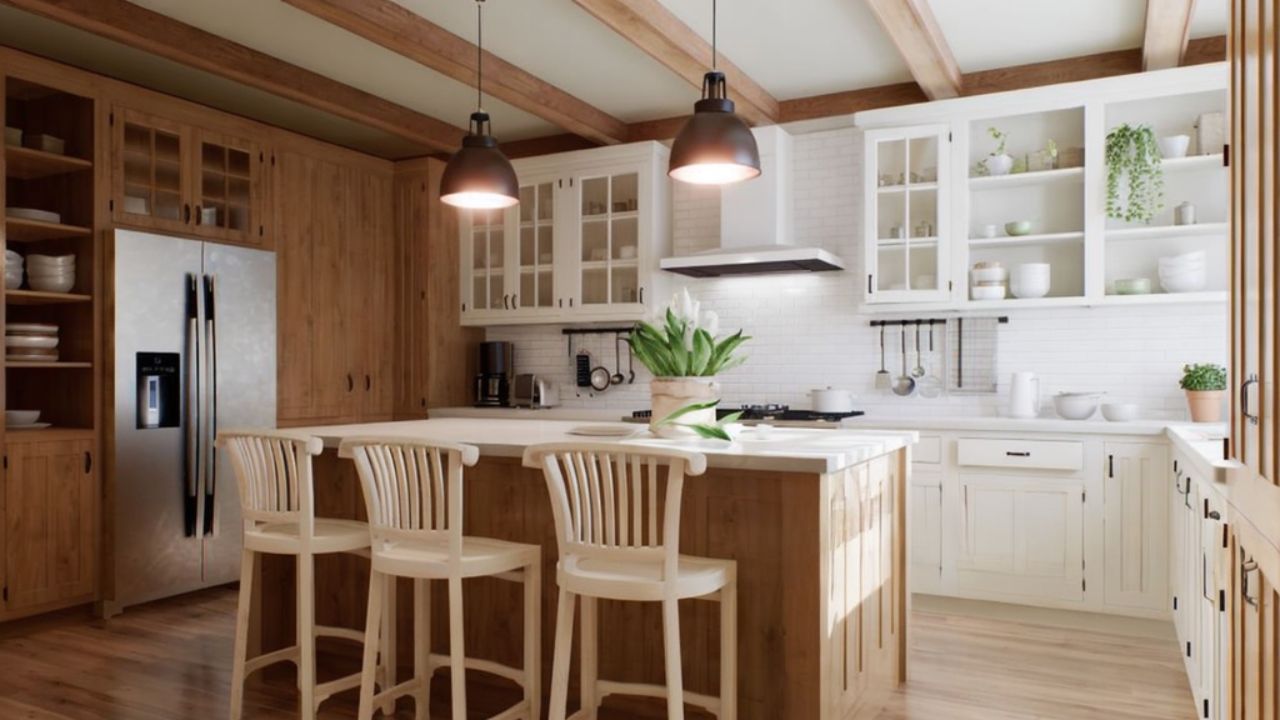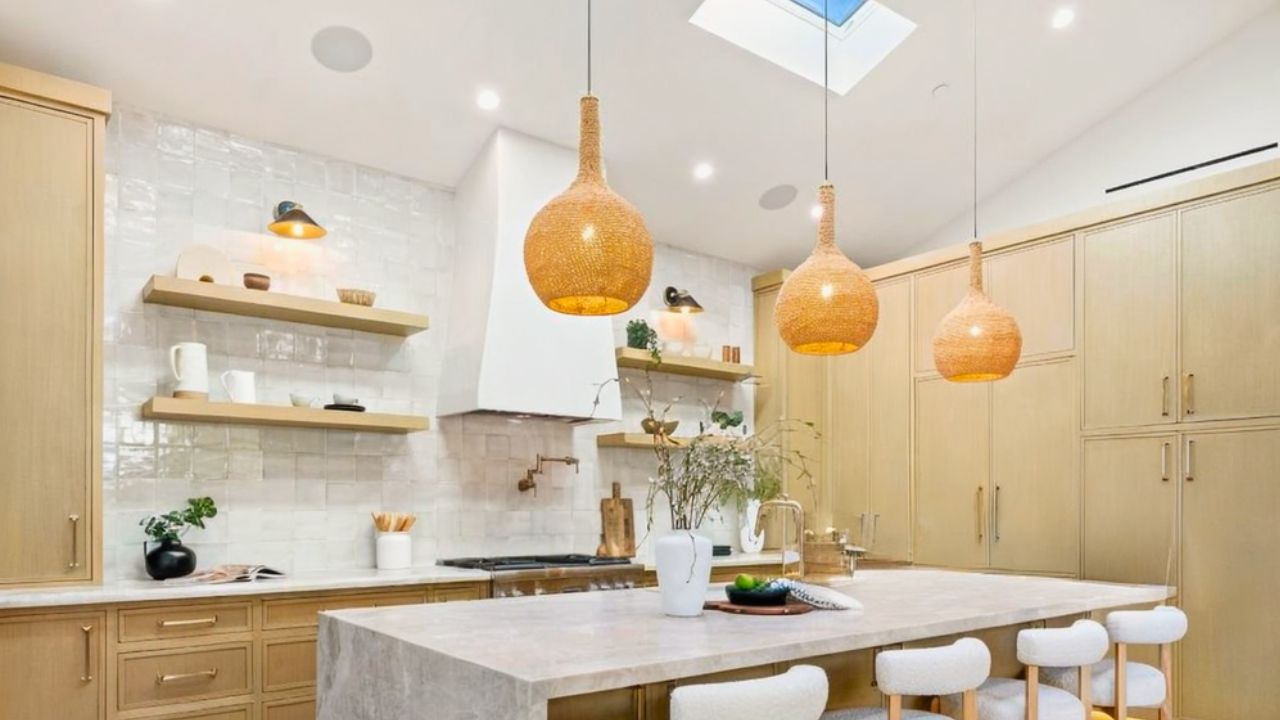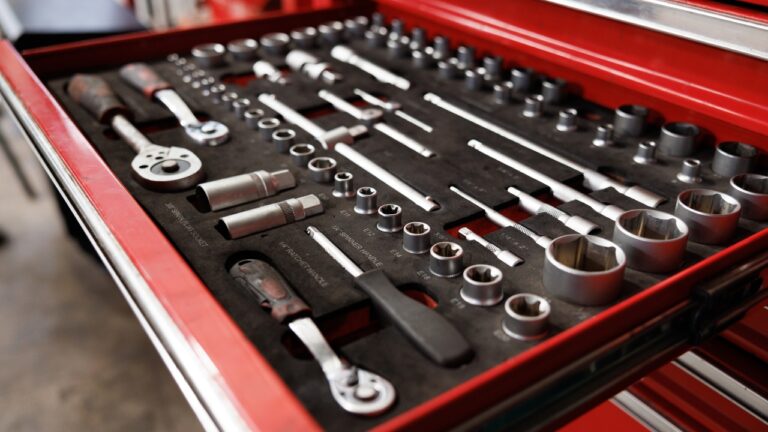How to make open shelves work without looking like a display case
Open shelves can make a kitchen feel light and personal—or like a store aisle you forgot to restock. The difference is boundaries, repetition, and using the shelves to serve your day instead of to perform for guests.
If you set them up like a real station, they look finished with almost no styling effort.
Choose a purpose before you choose a plate
Decide what the shelf needs to do. Everyday dishes within reach? Coffee station? Baking zone? When the job is clear, half the clutter disappears because it never earns a spot up there. Keep most-used items between shoulder and eye height so you’re not reaching on tiptoe for things you touch daily.
Build a simple color story and stick to it
Two dish colors and one natural texture (wood, rattan, linen) is plenty. Whites and creams can mix as long as they’re neighbors; bright logos and random plastics belong behind doors. A neutral base lets you swap a seasonal mug or two without the shelf turning chaotic. Repetition reads intentional, which is how you dodge the display-case vibe.
Give everything an edge
Trays, shallow baskets, and risers are your best friends. A low tray under mugs creates a “coffee zone” in one move and makes cleaning easier.
A riser doubles capacity without stacking precariously. Baskets corral napkins or tea so small things don’t drift. If an item doesn’t fit inside an edge, it probably doesn’t belong on an open shelf.
Think in vertical “columns,” not scatter

Divide the shelf visually into two or three columns and compose inside those lanes.
Left column: stack of dinner plates plus a bowl.
Middle: tray with mugs and a sugar pot.
Right: a wood board leaned vertically with two everyday glasses in front.
Columns give order, and order is what reads calm from across the room.
Mix heights, not clutter
You want a tall anchor in each column (board, pitcher, canister), a medium stack, and a small object or two to round it out. That tall-medium-small rhythm gives movement without adding more stuff. Leave at least two fingers of air between objects so the eye can rest—emptiness is part of the styling.
Use honest materials for warmth
One wood cutting board, a clay crock, or a linen towel draped neatly over a stack keeps the arrangement from feeling showroom-stiff.
These are tools you’ll actually use; they just happen to look good. When items earn their keep, you spend less time “styling” and more time cooking.
Keep maintenance simple
Open shelves collect dust because they’re doing their job. If you hate dusting, reserve the top shelf for rarely used pieces under a clear cloche or in a lidded basket, and keep daily items on the lower shelf so they get washed in normal rotation. A monthly five-minute wipe is easier when everything has an edge to lift.
Let the wall help

Paint or tile behind shelves changes the whole read. A tone-on-tone backdrop (same family as your cabinets) keeps the view calm.
If your kitchen needs depth, a matte, subtly textured square tile with near-match grout adds interest without stealing the show. Shelves look intentional when the wall behind them looks finished.
Like Fix It Homestead’s content? Be sure to follow us.
Here’s more from us:
8 upgrades that look like you spent thousands (but didn’t)
9 small changes that instantly make a house feel high-end
*This article was developed with AI-powered tools and has been carefully reviewed by our editors.







